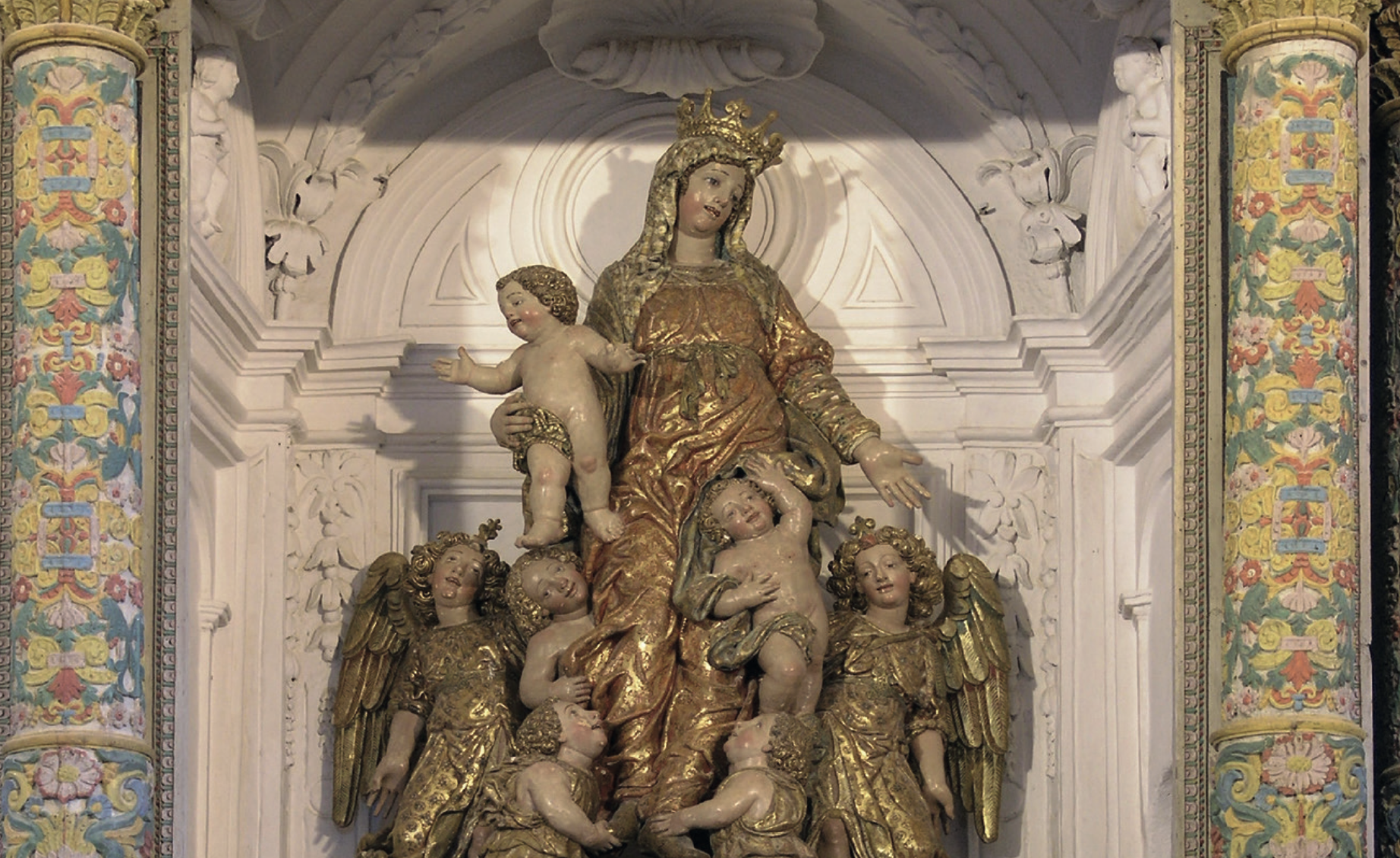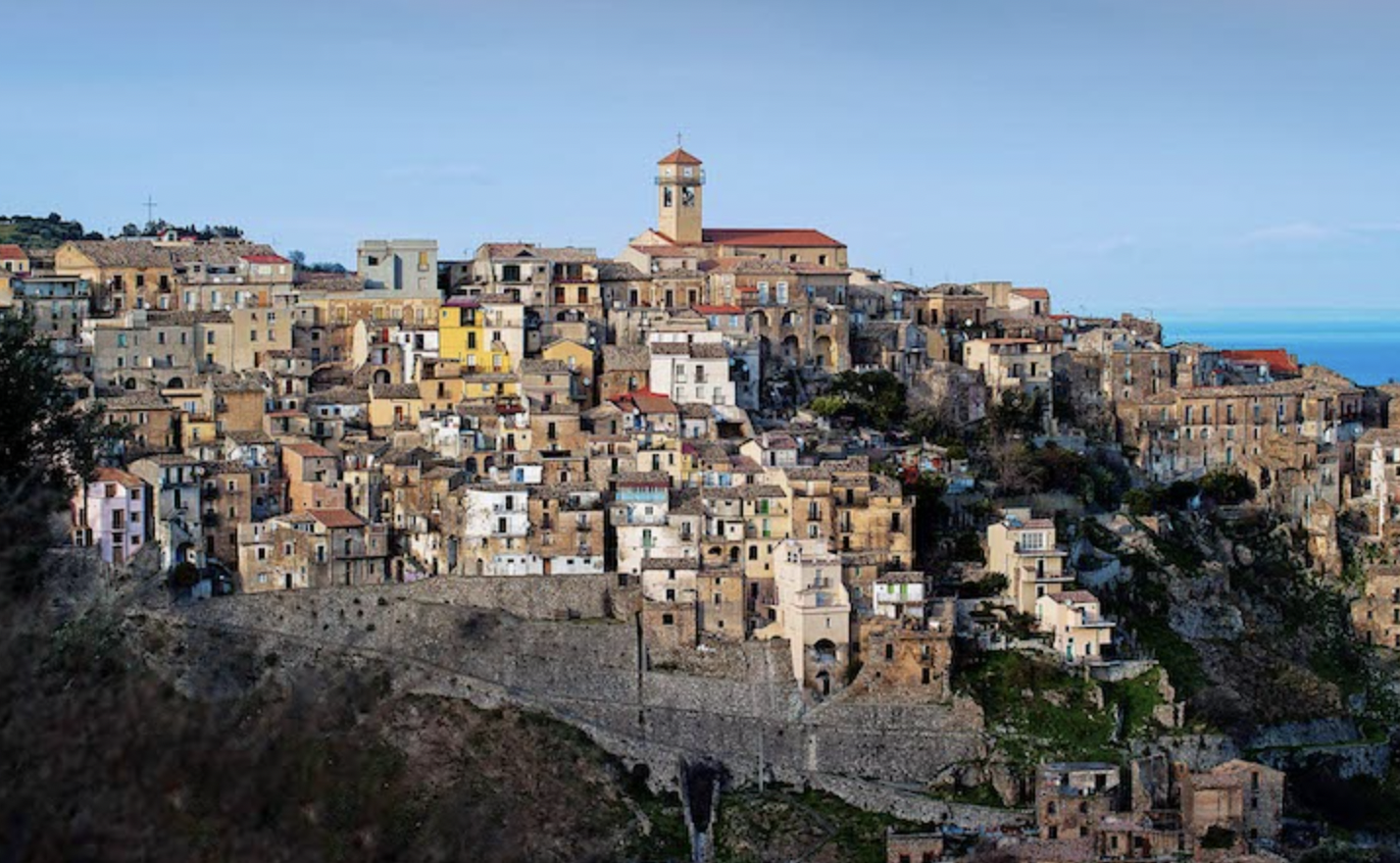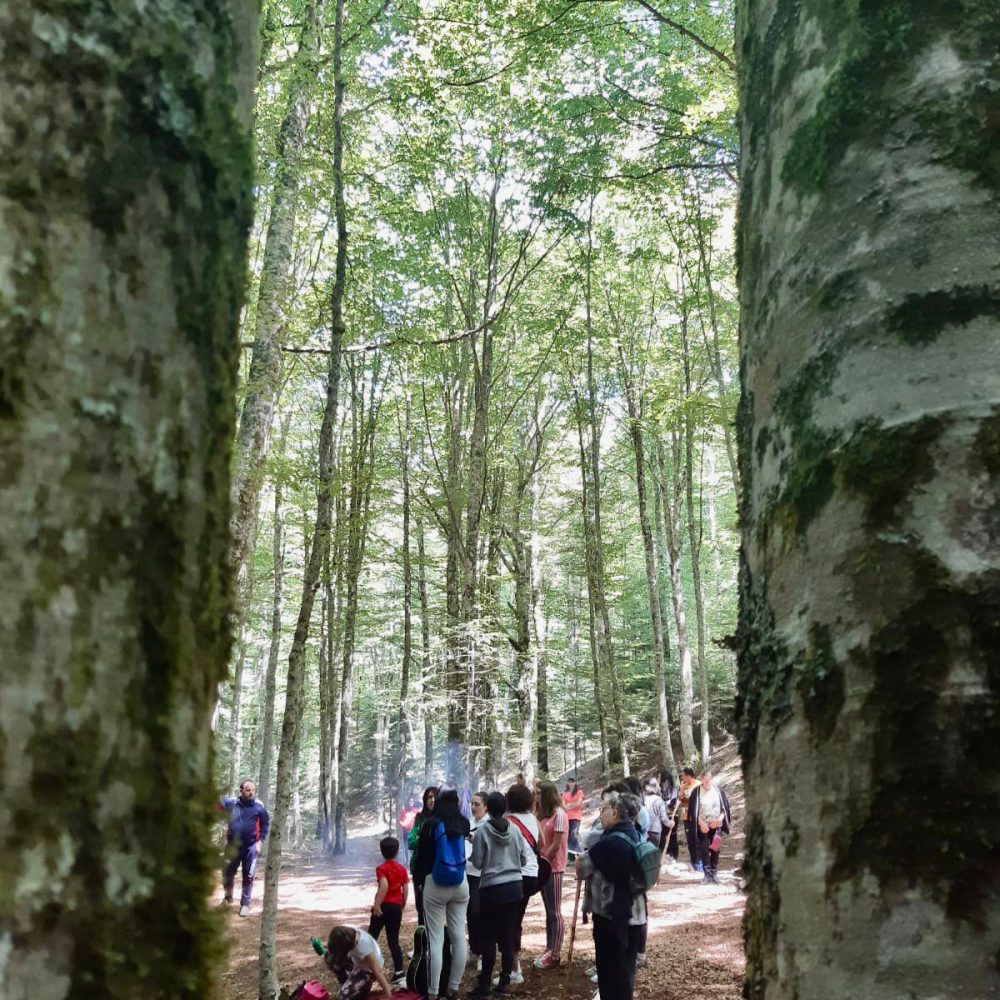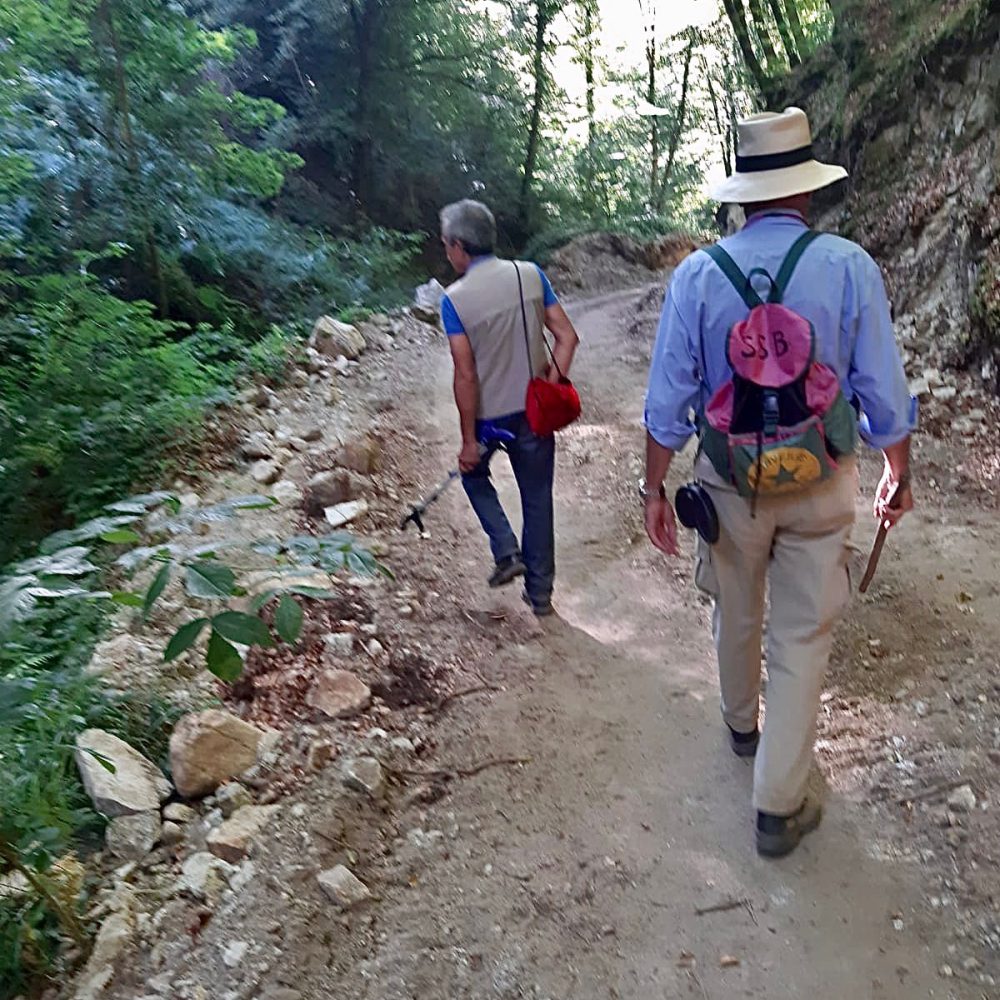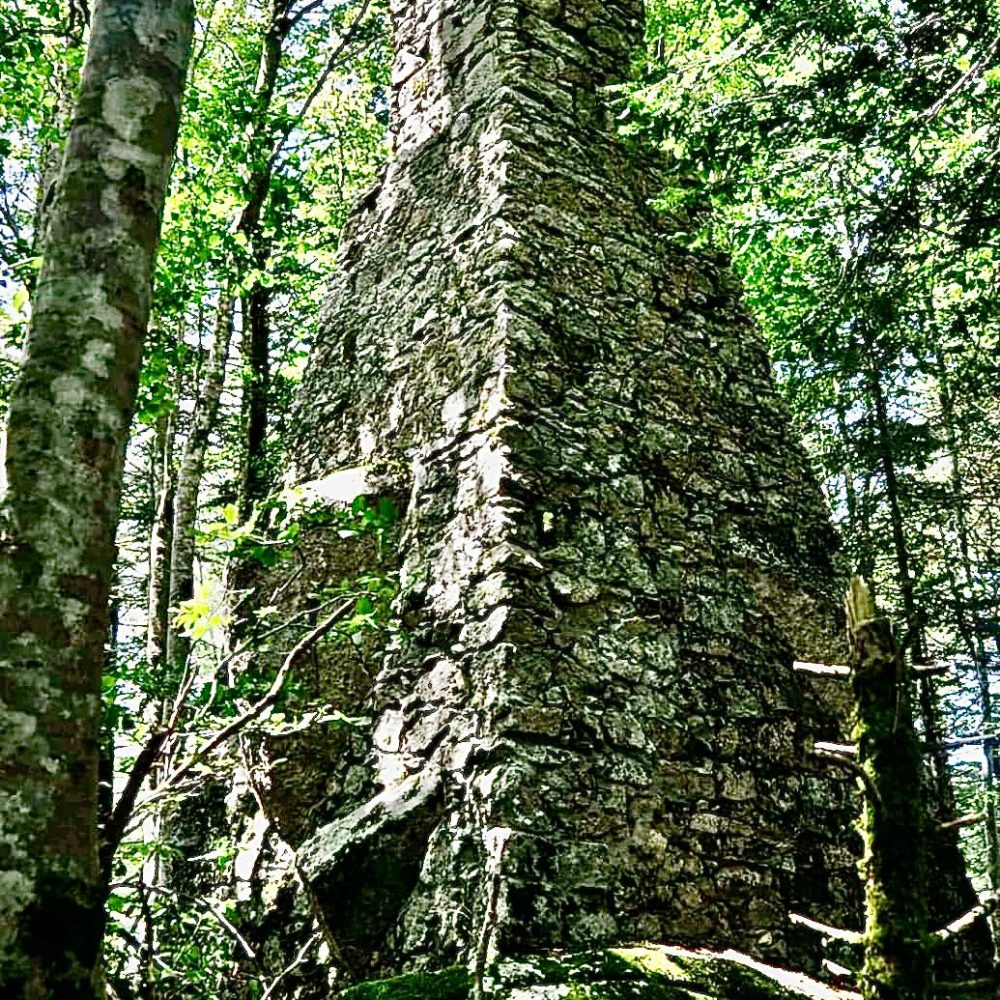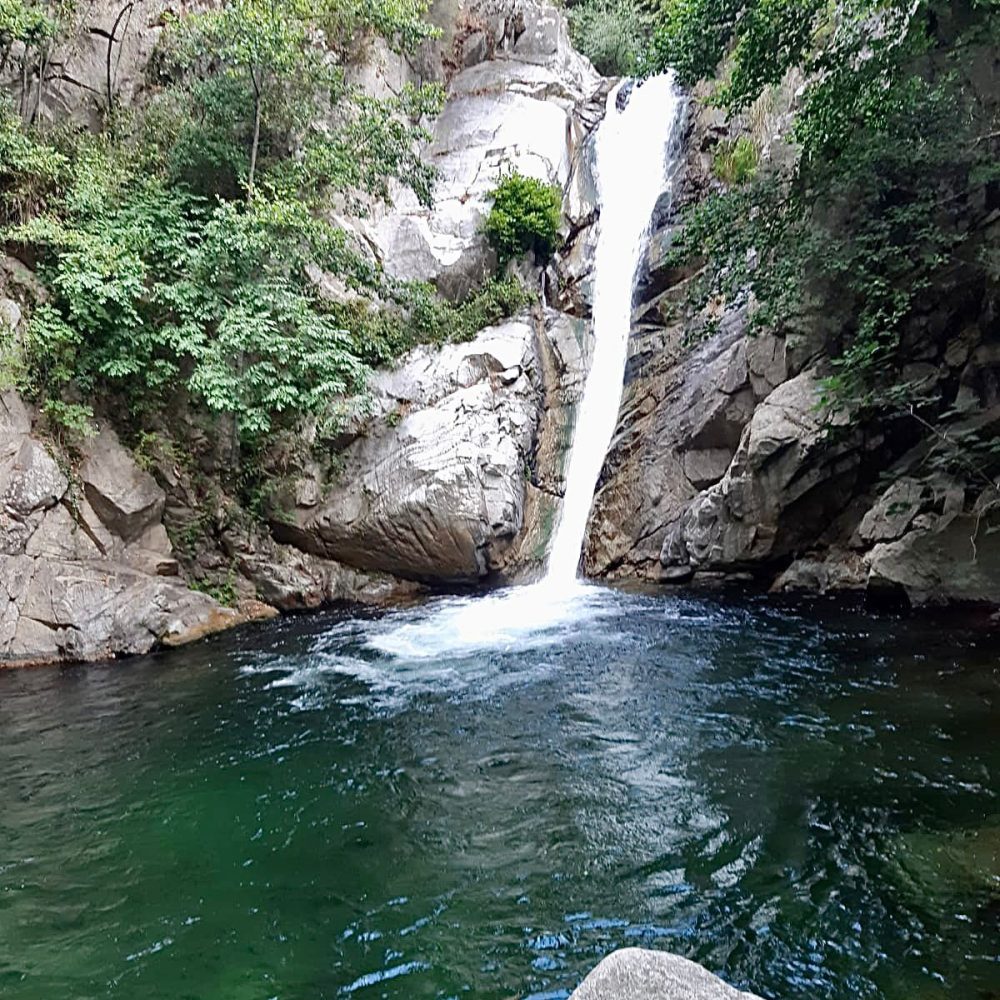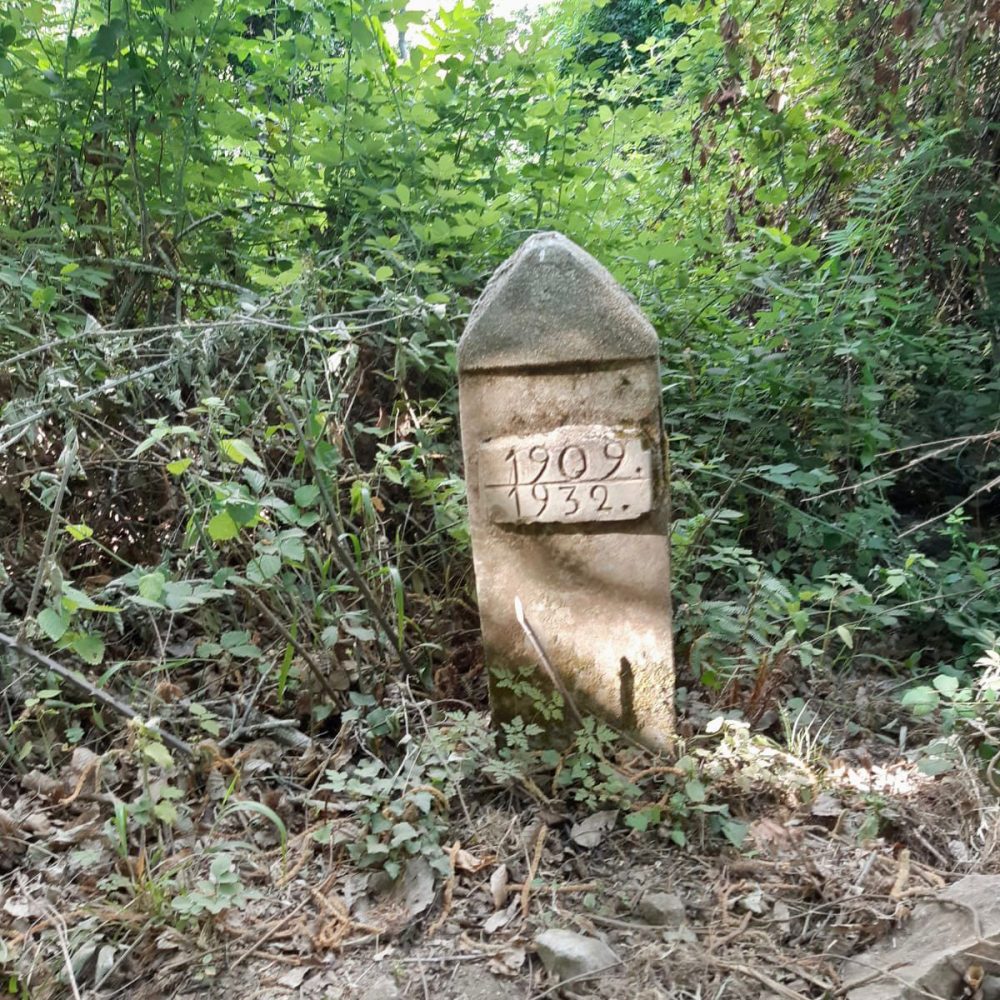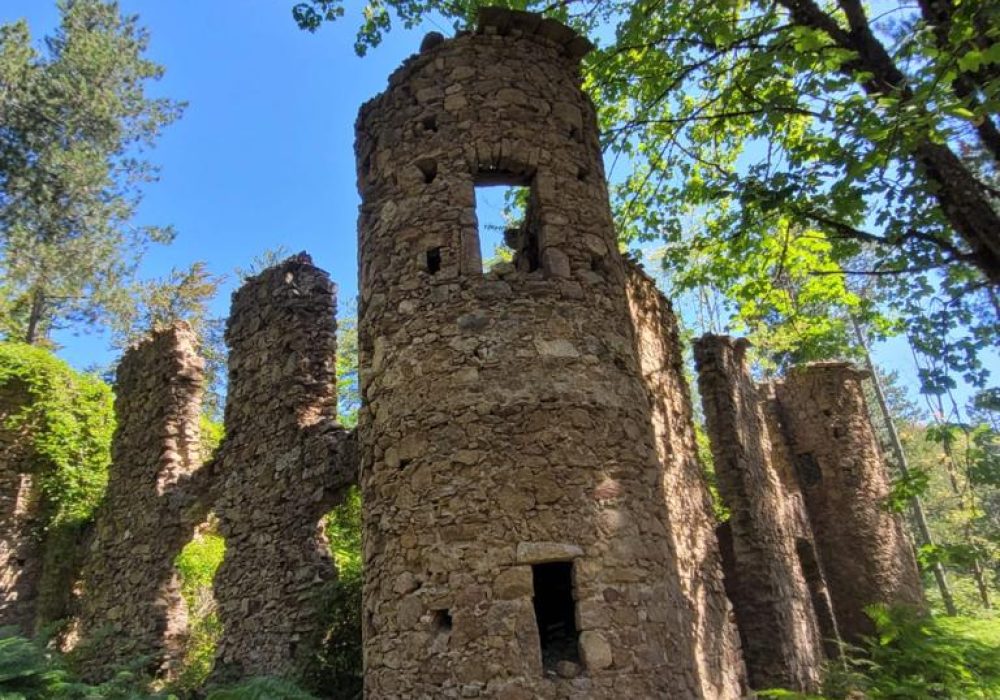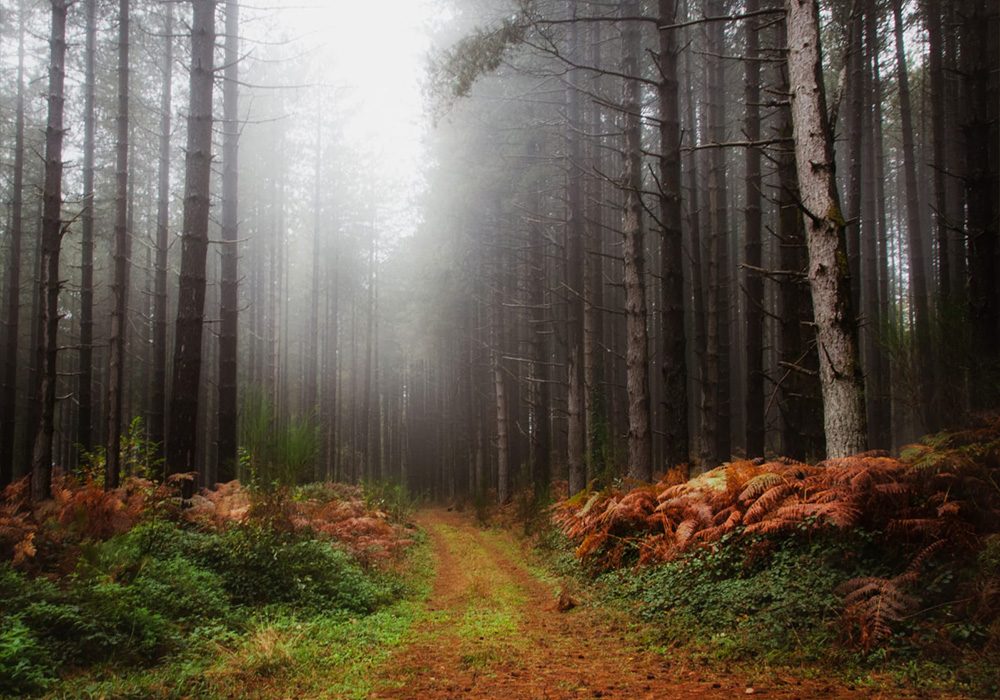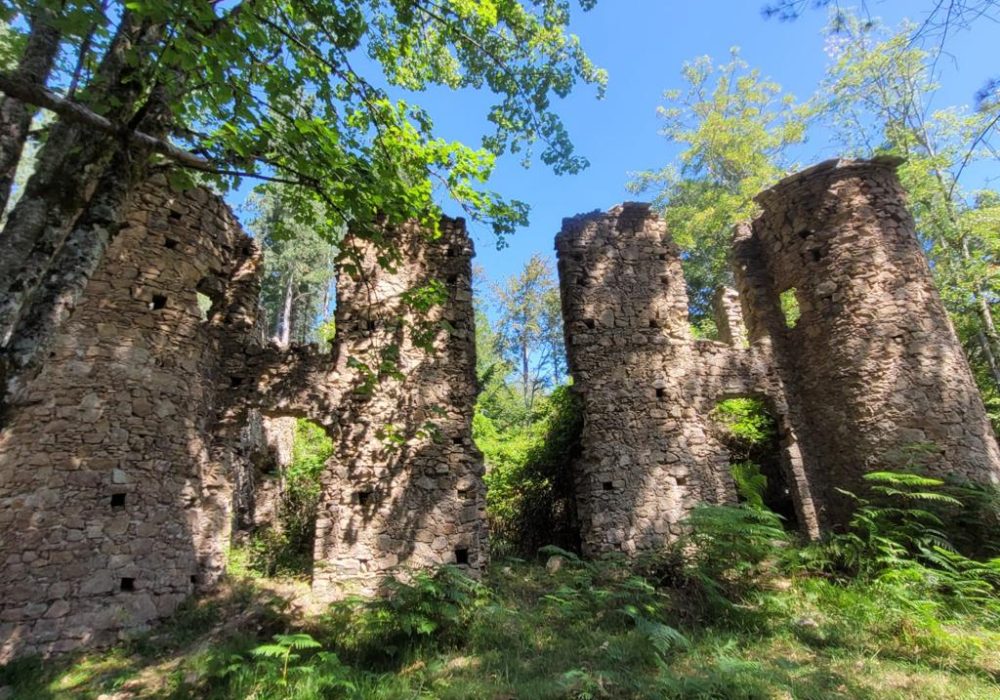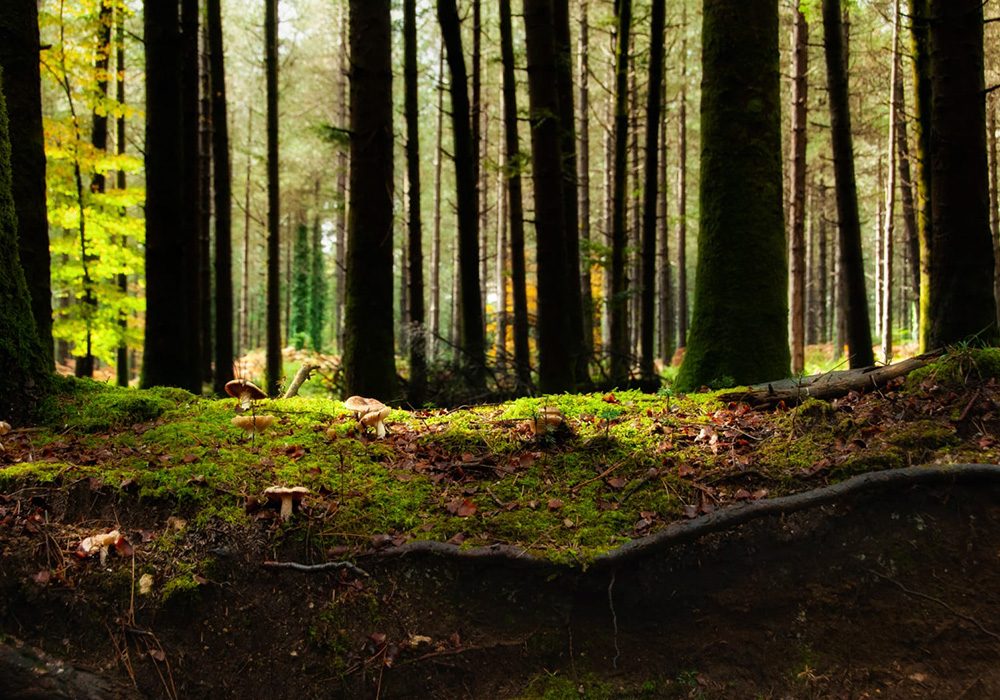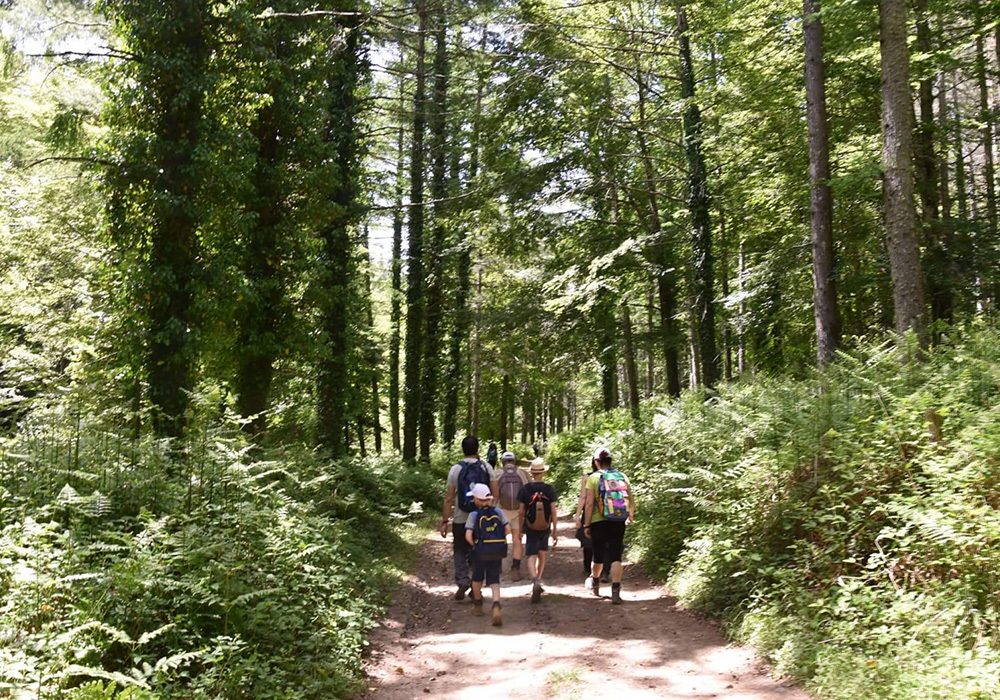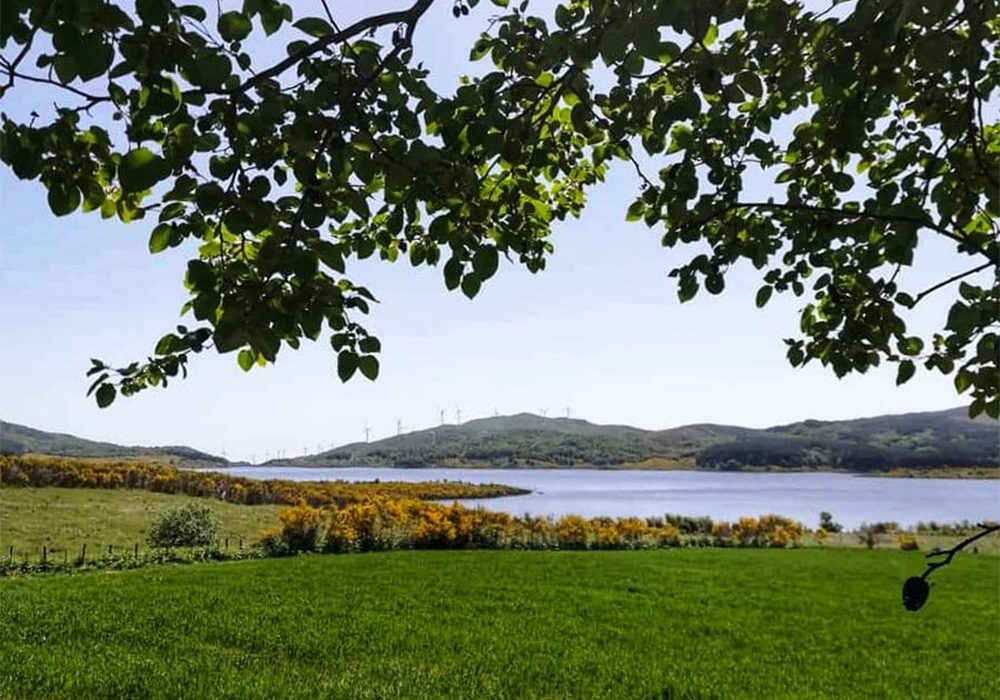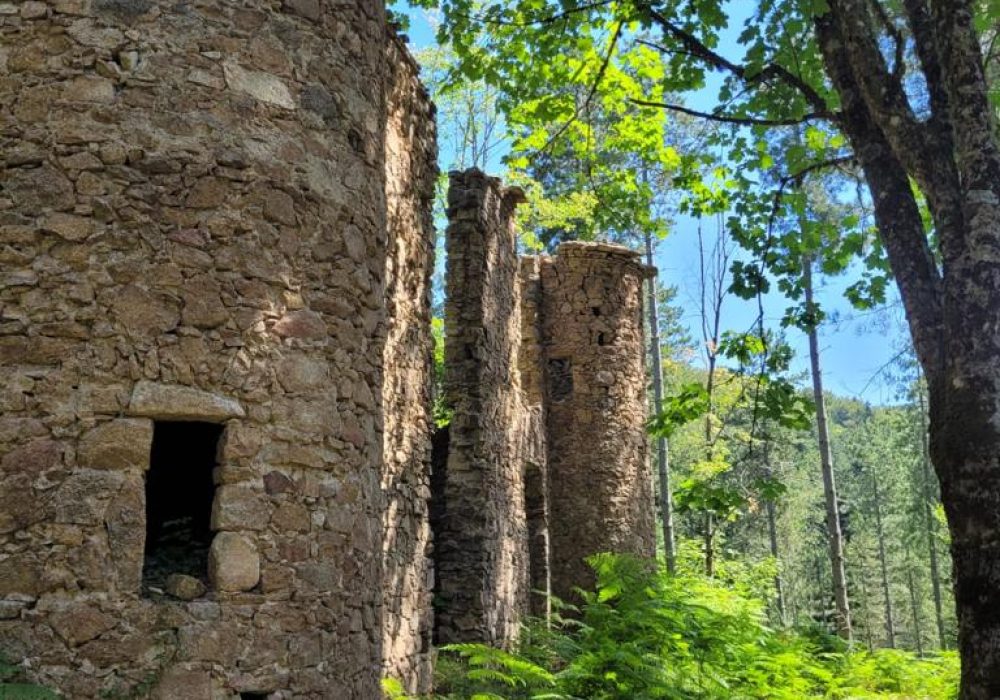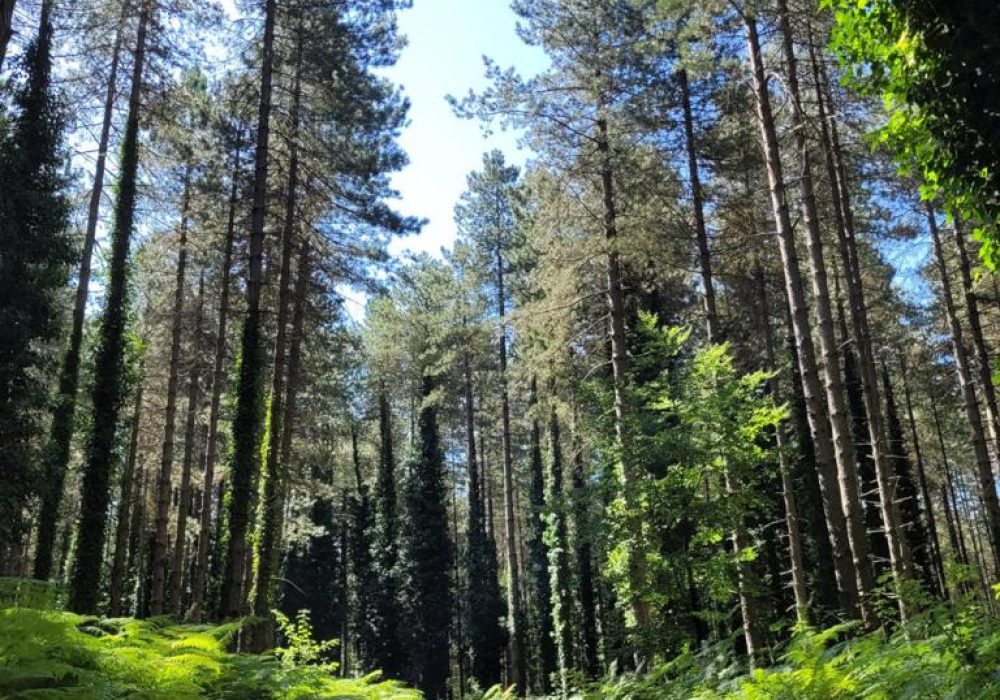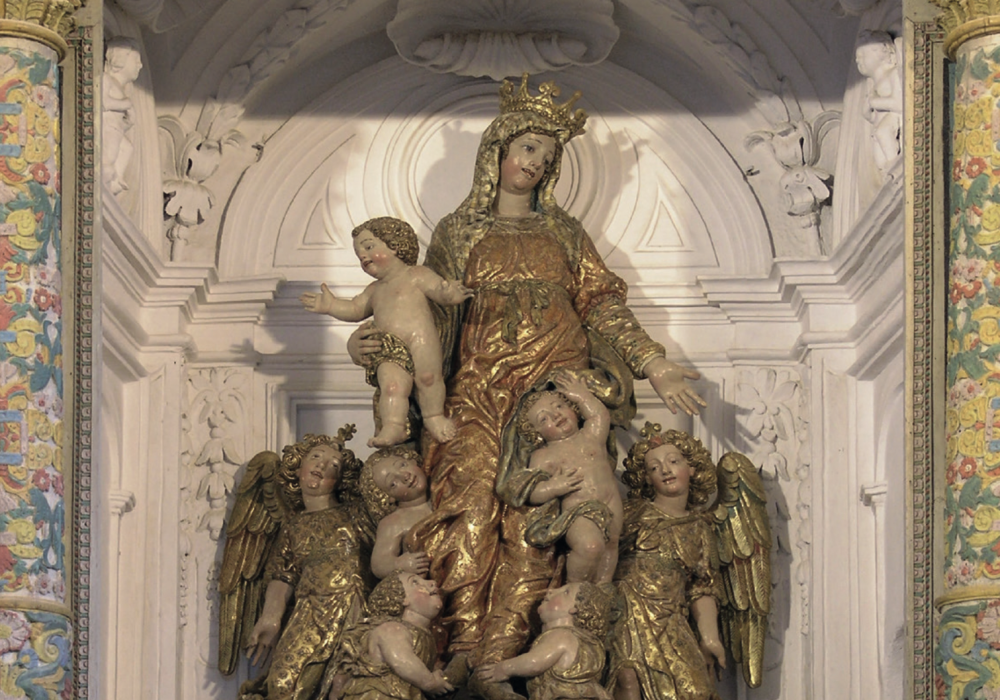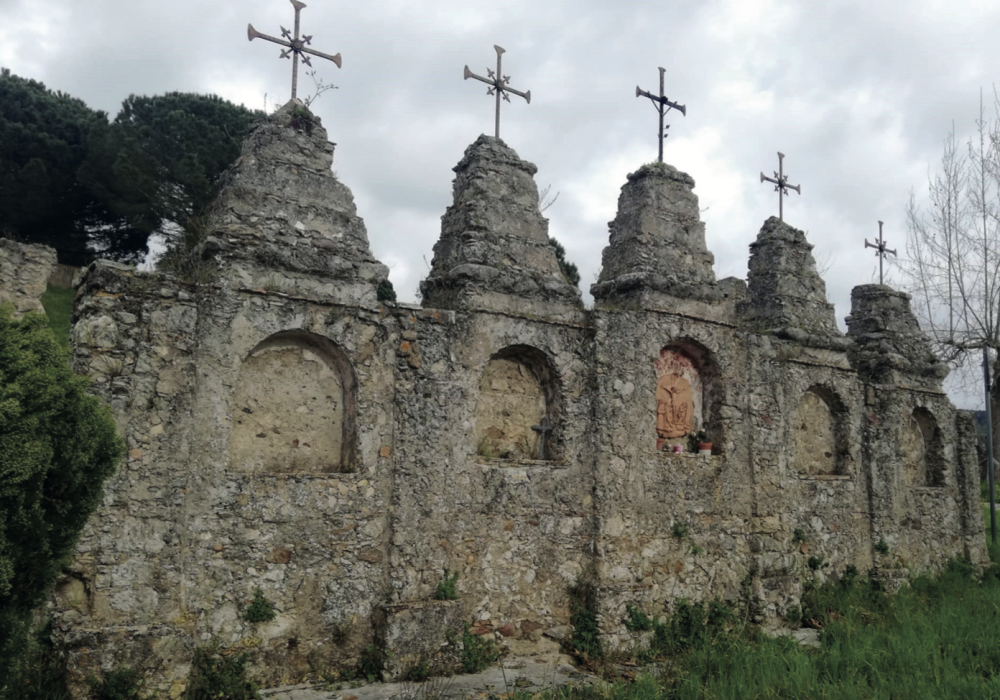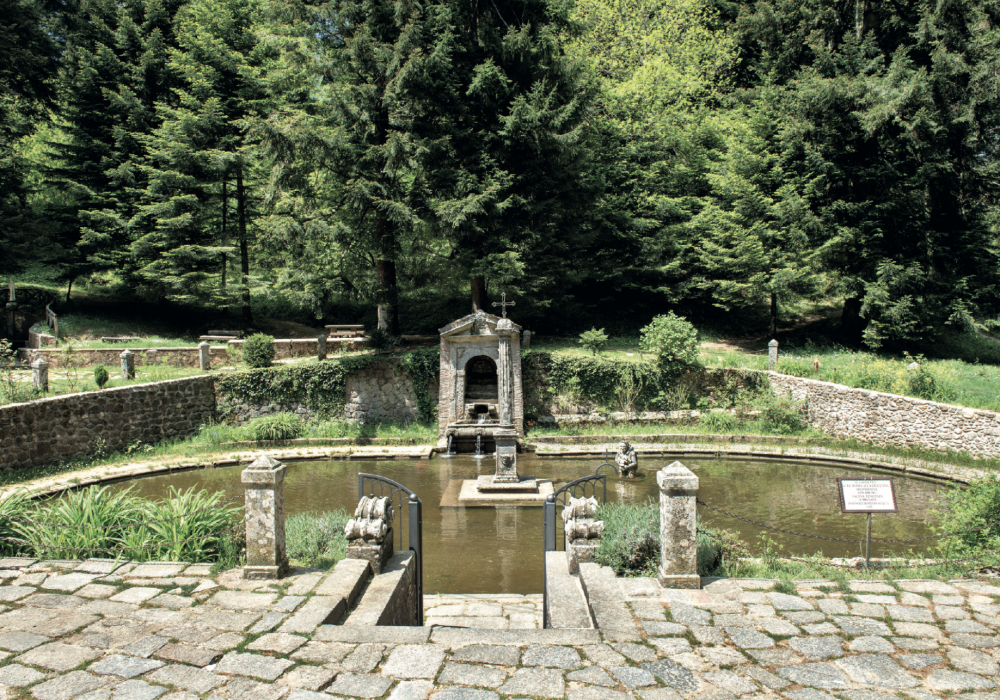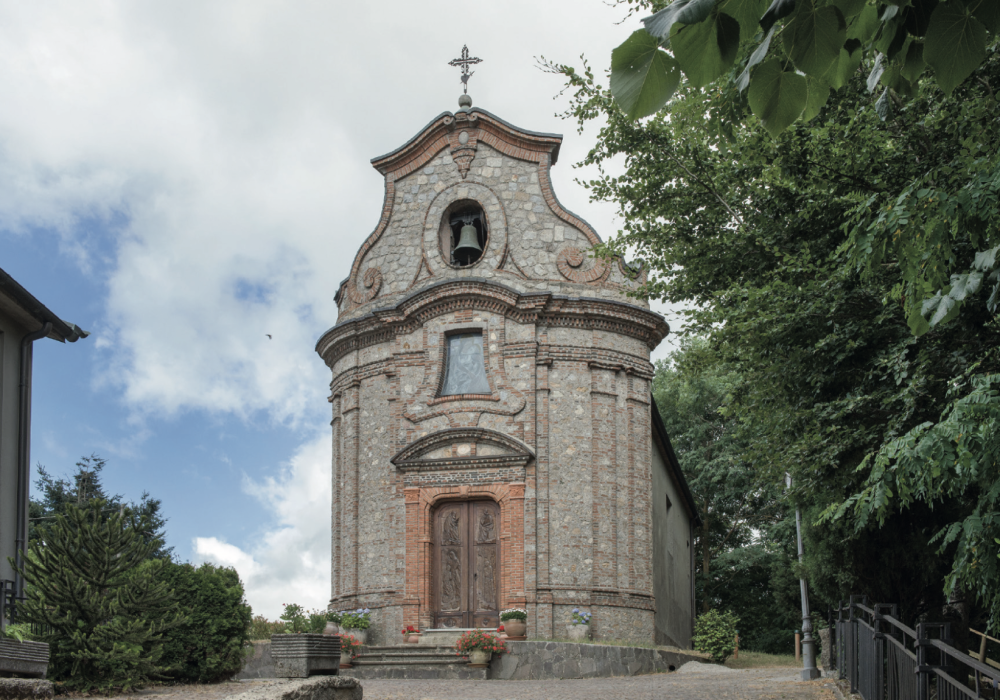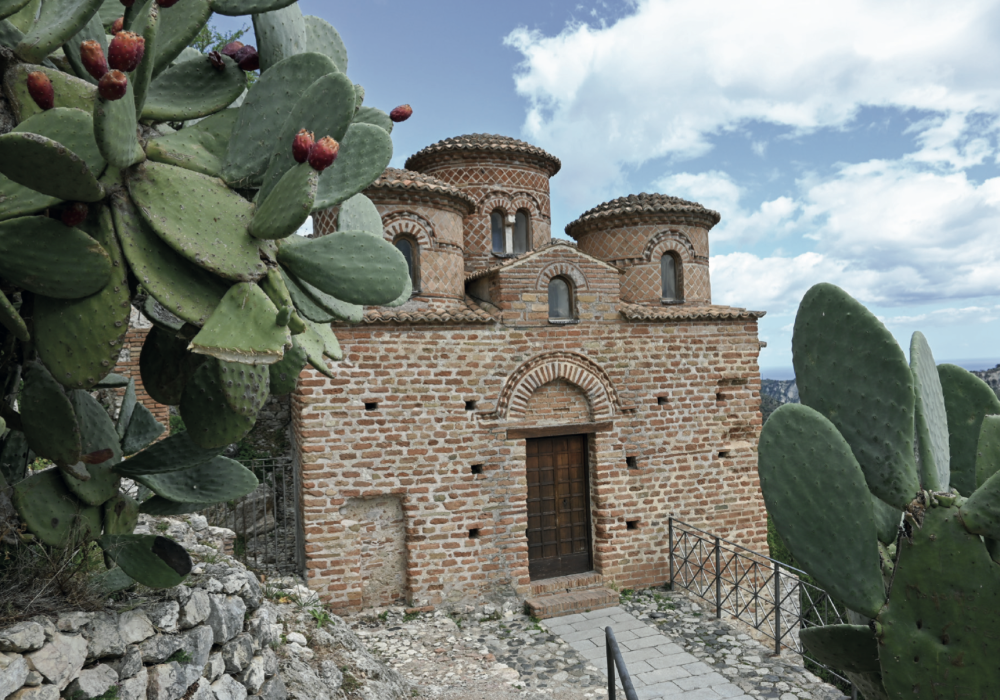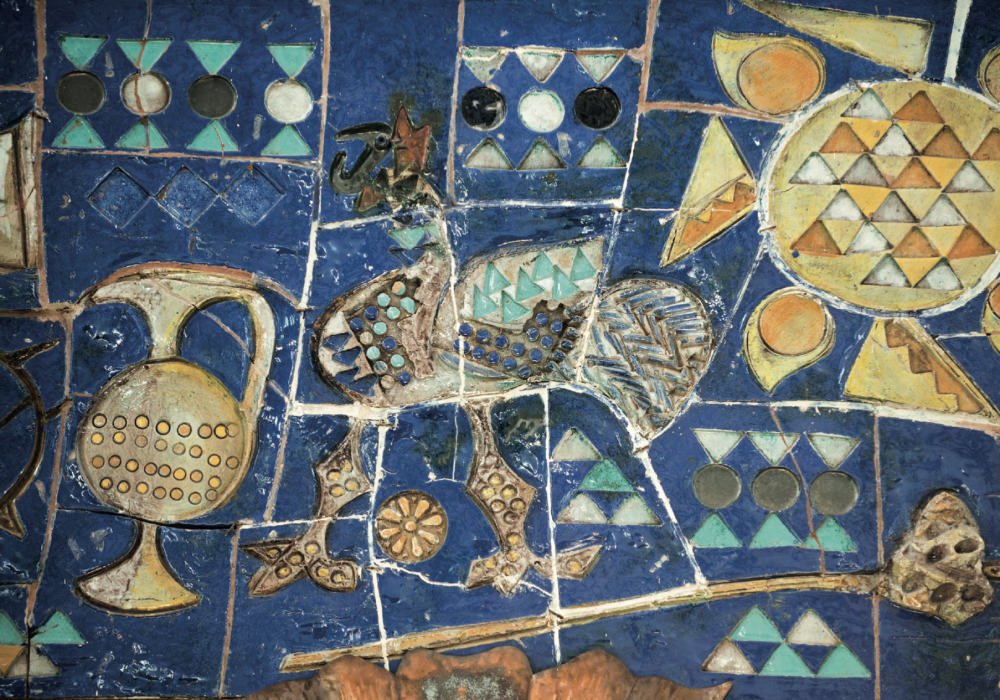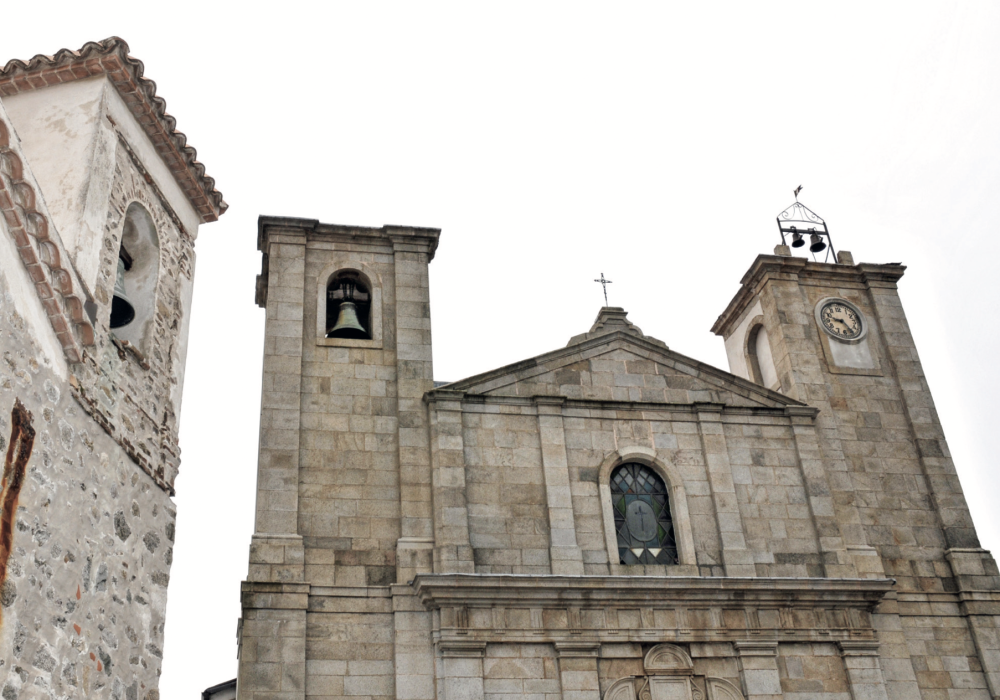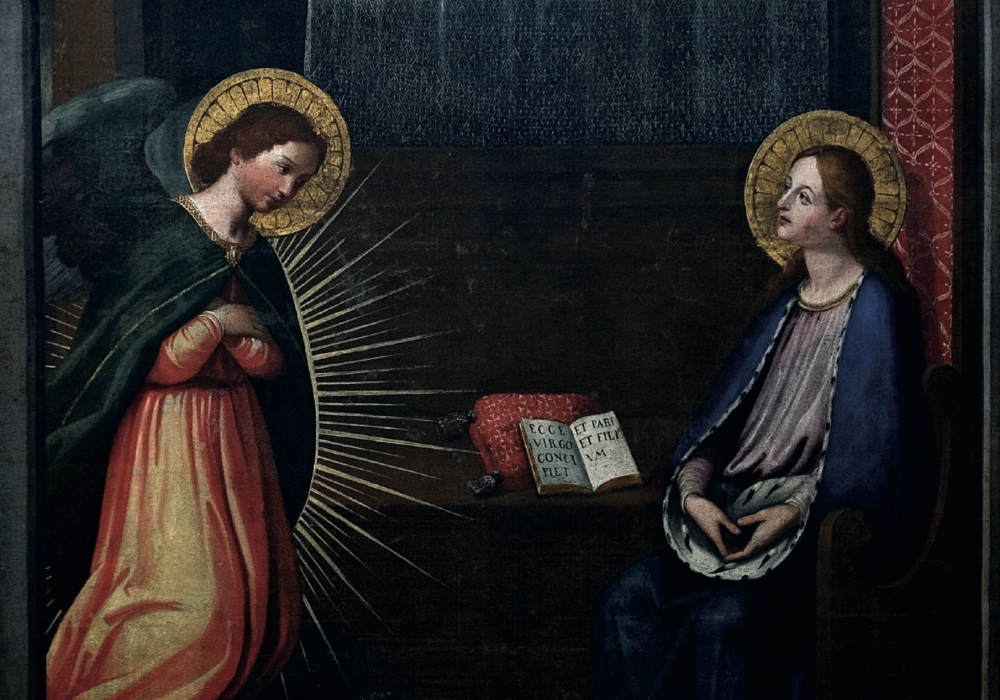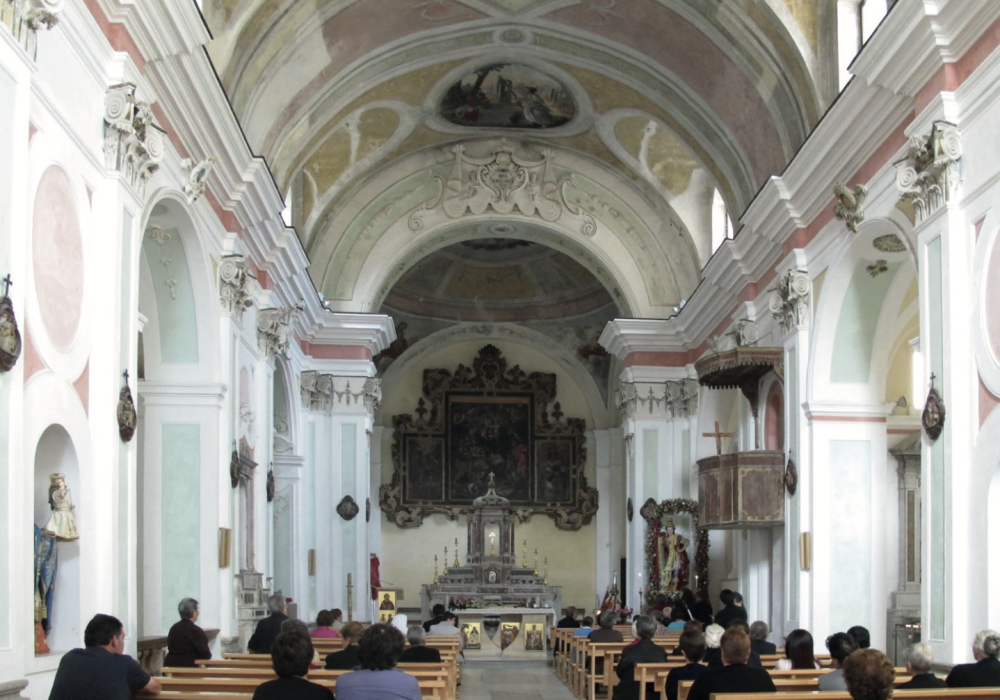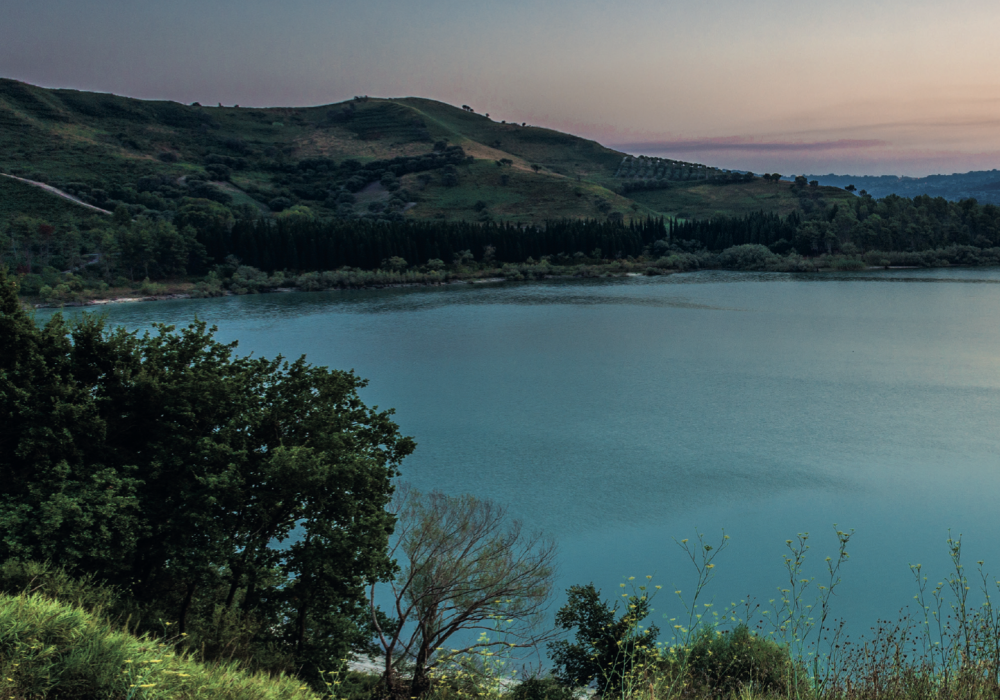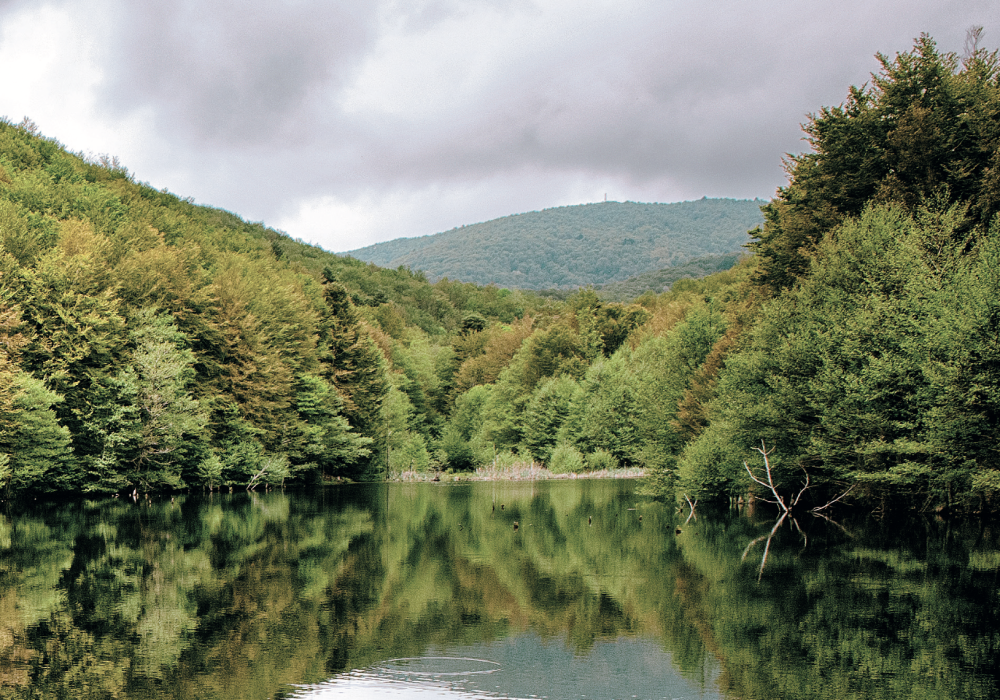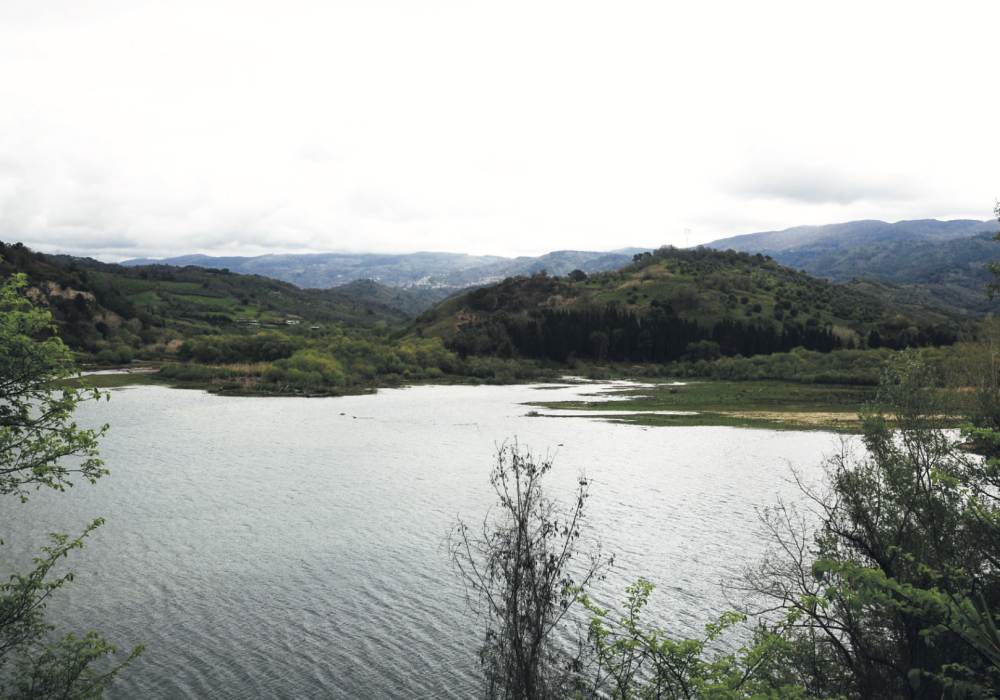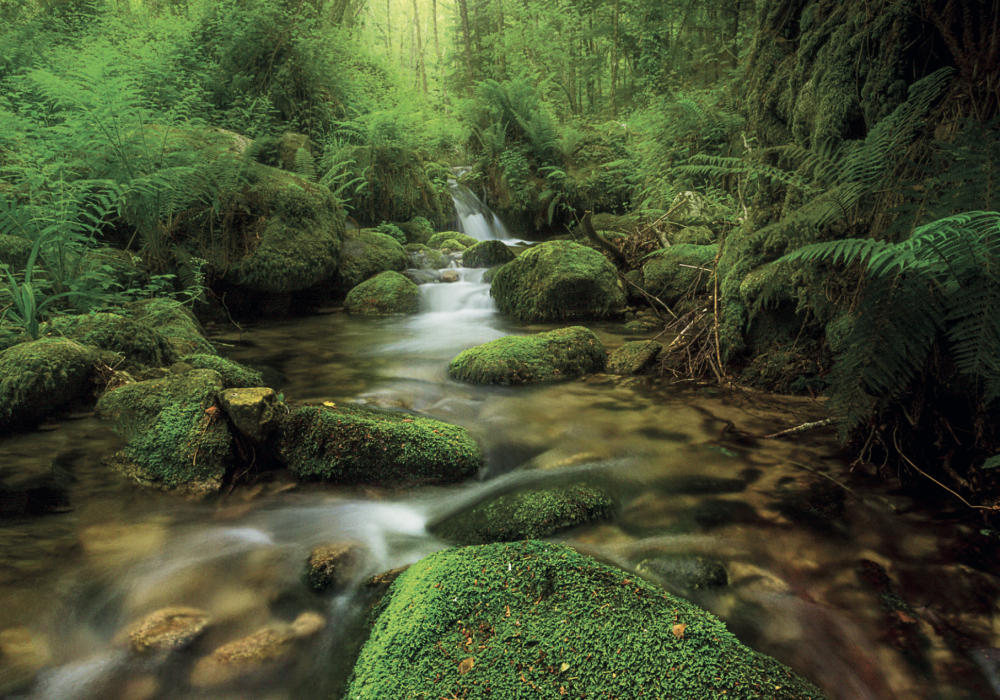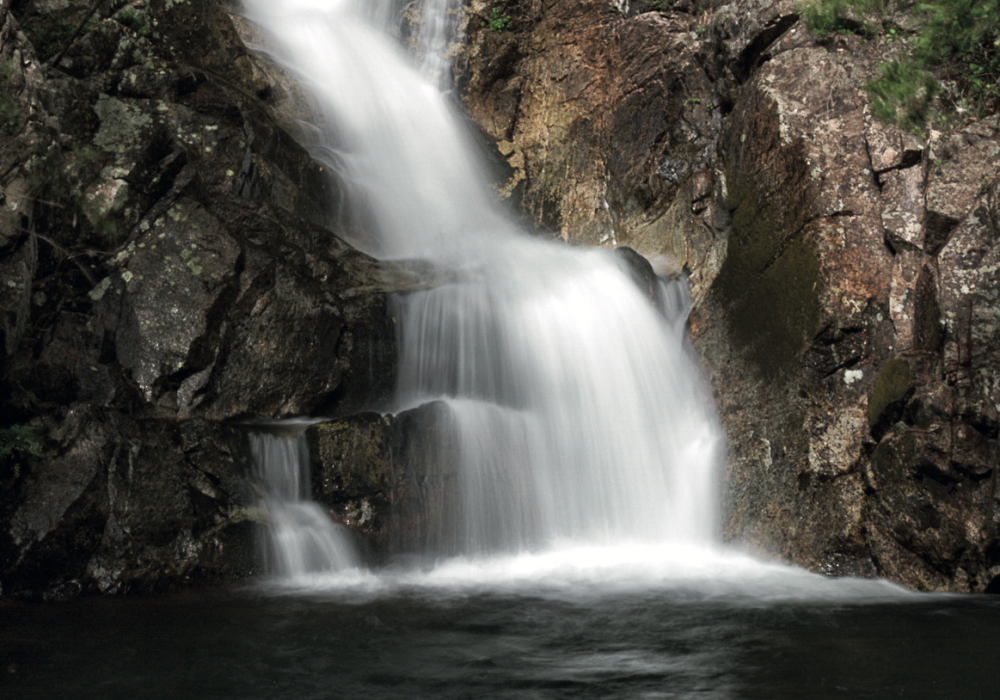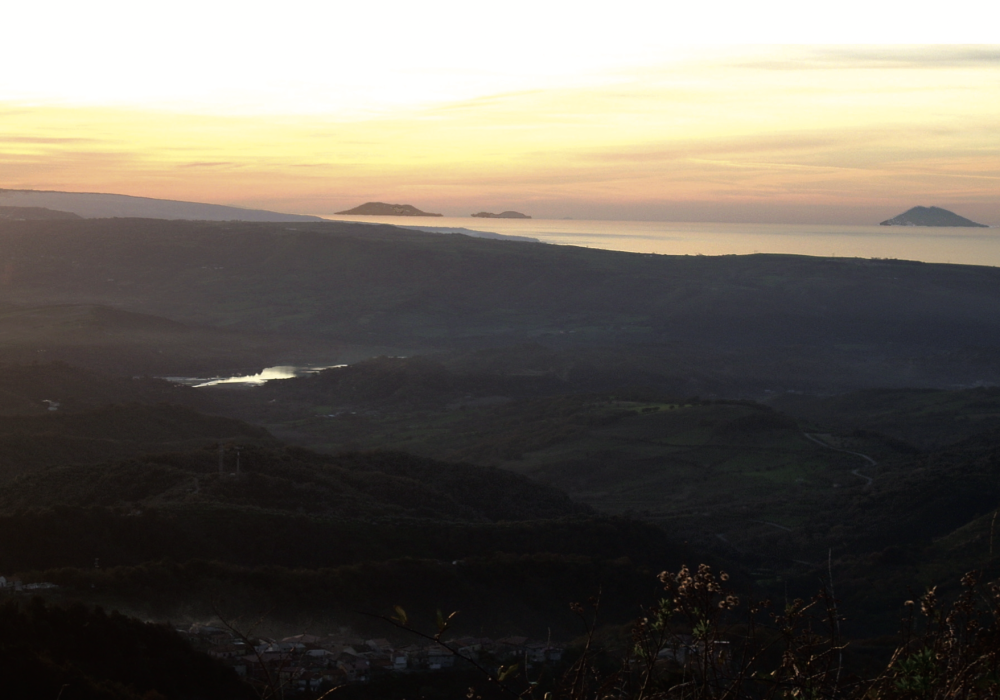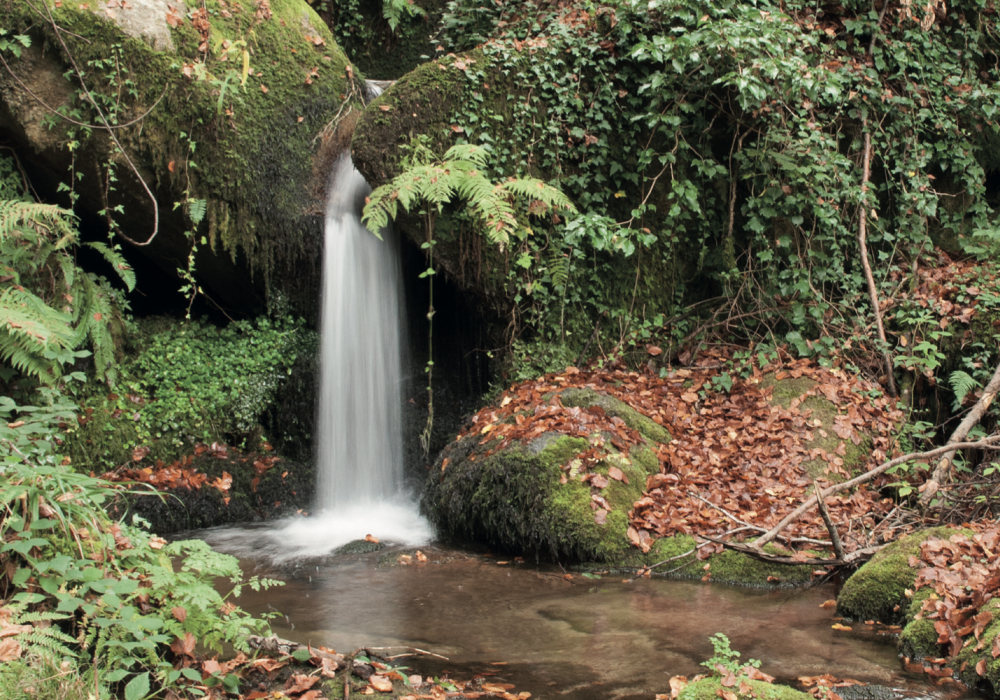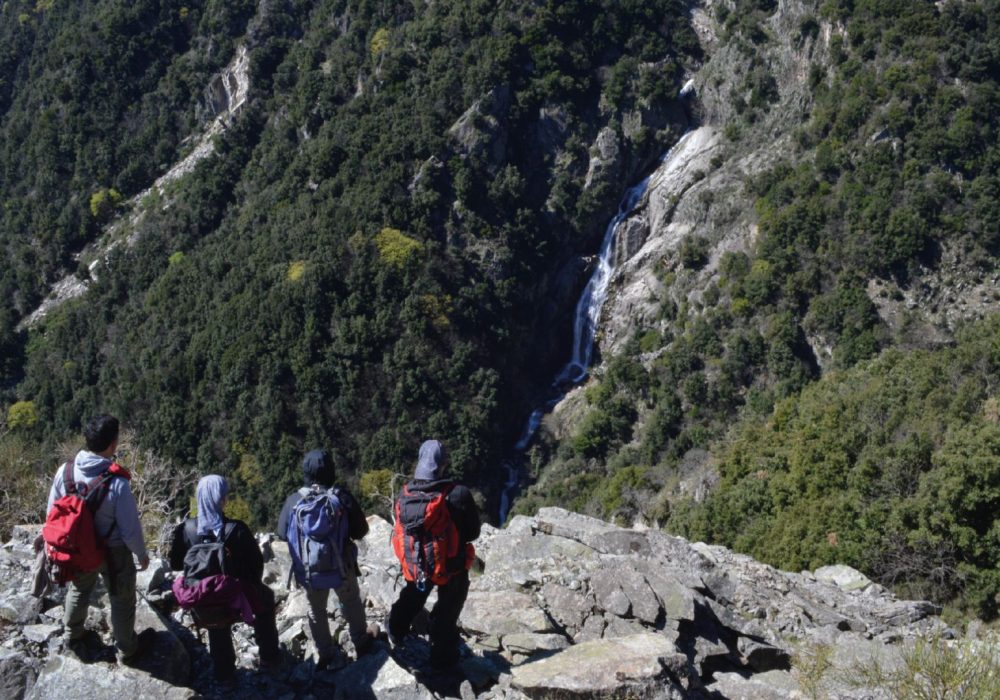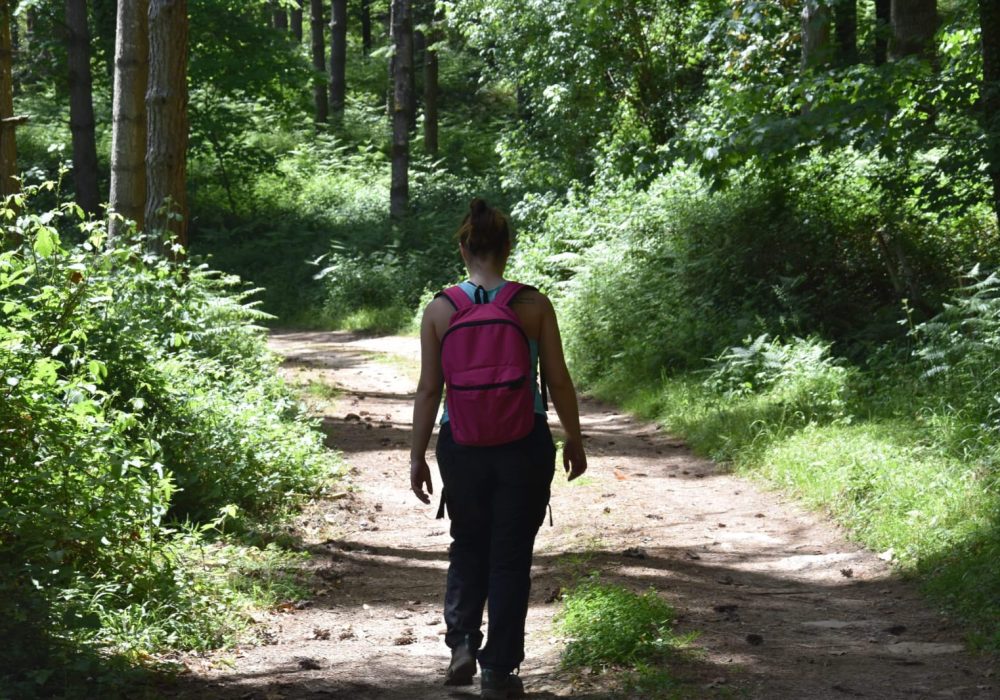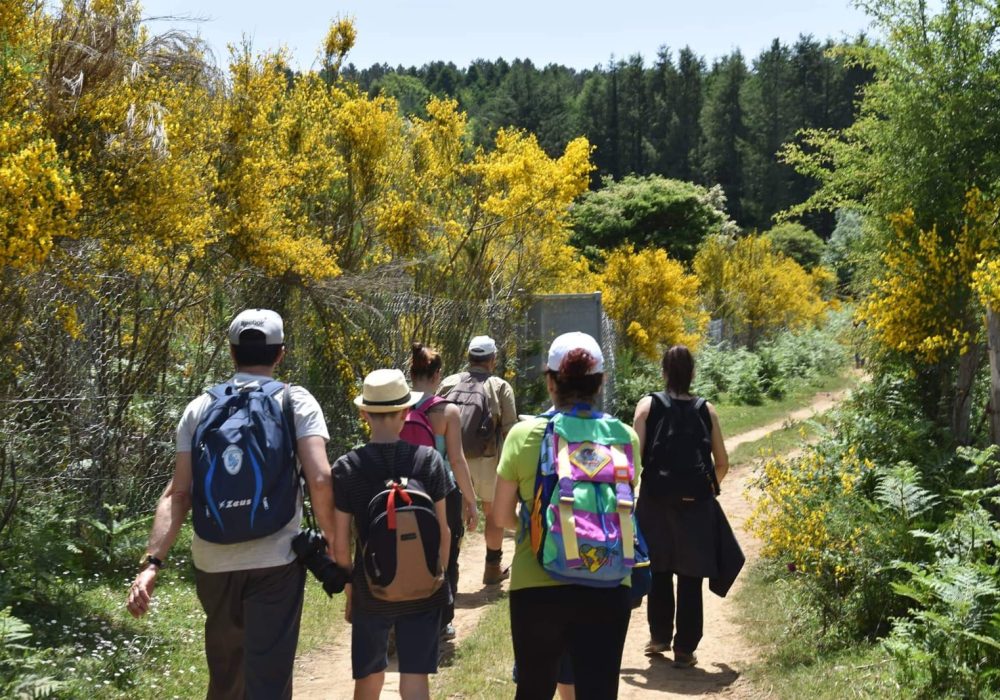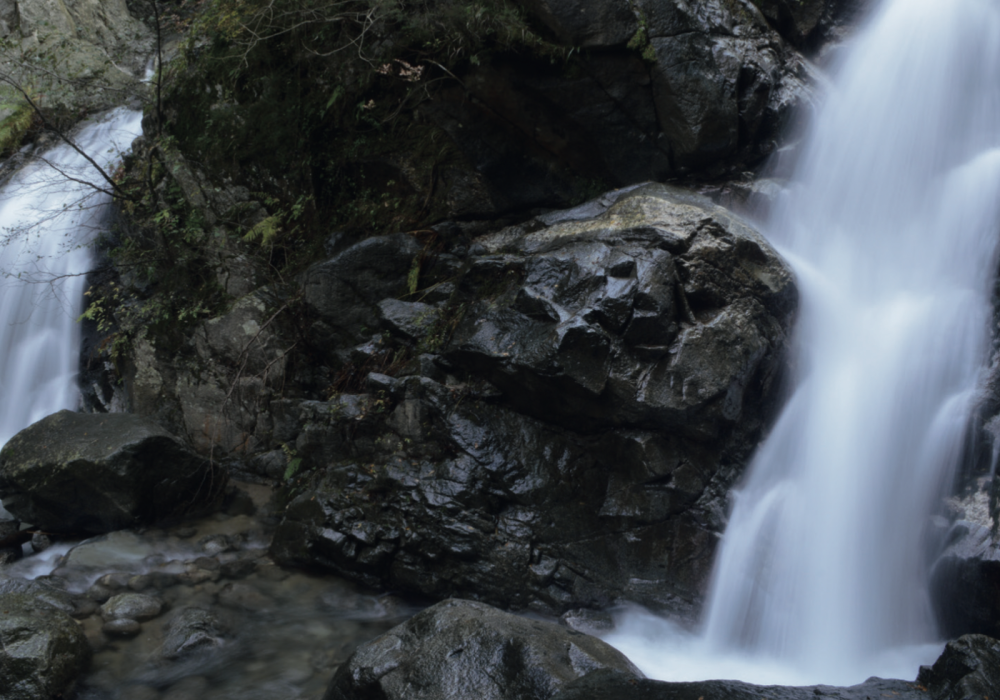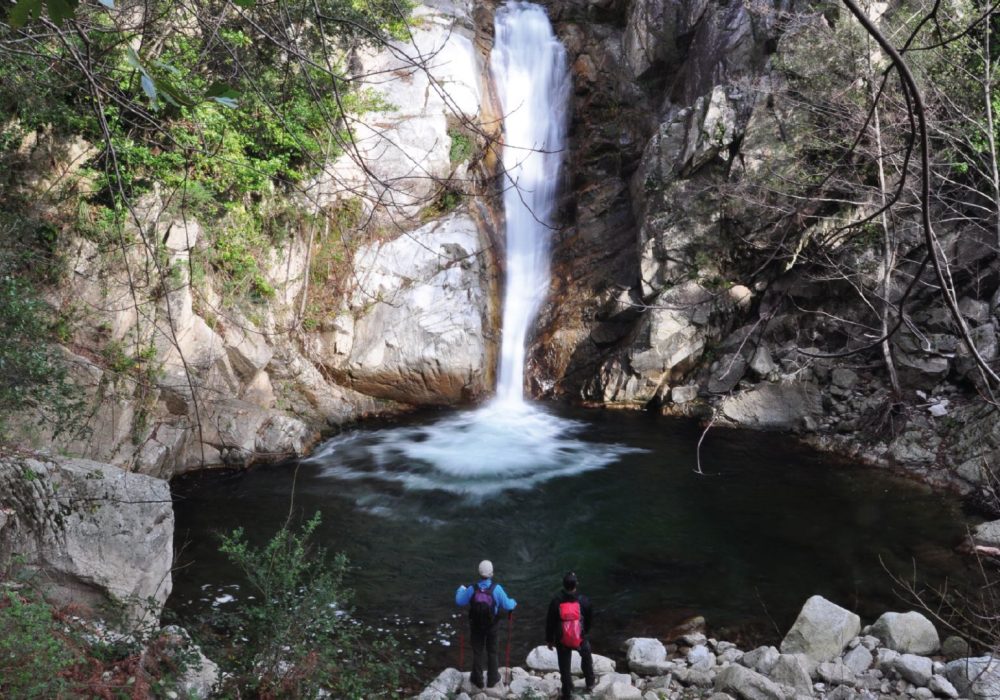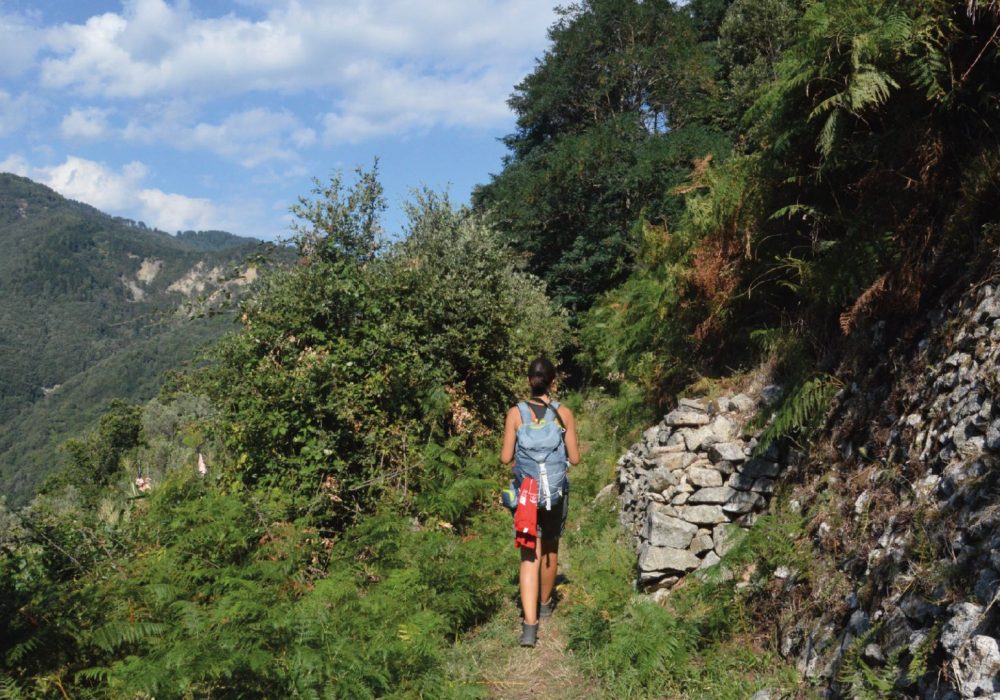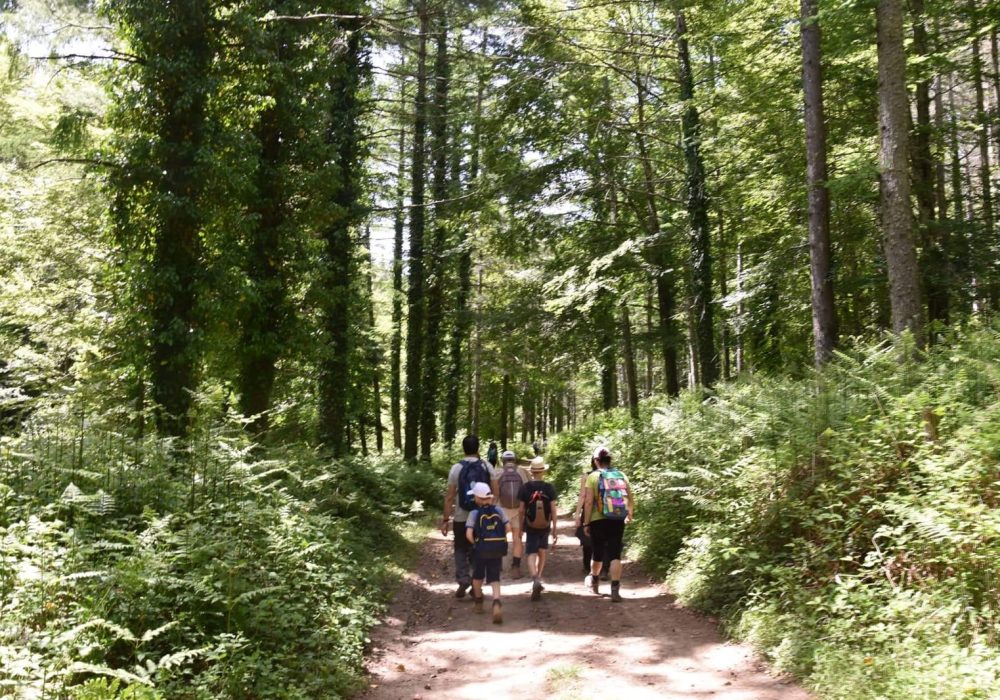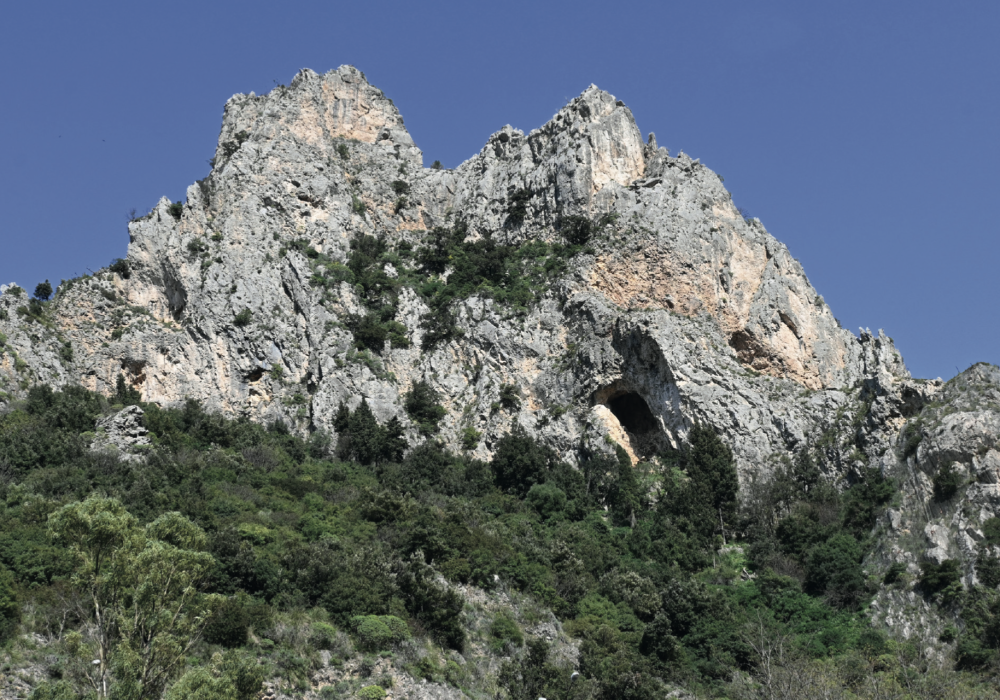Badolato
During the 20th century, Badolato had a rather trying life, marked by painful migratory movements and timid signs of a return to its beautiful historic centre. Already scarred by the aftermath of the Second World War and the earthquake that in 1947 had semi-destroyed Isca sullo Ionio and caused much damage to the old town centre, Badolato suffered the dramatic flood of 1951 that forced a large part of the population to move to the Marina or to neighbouring towns in the new houses made available by the government. The tear was, again, painful and irreparable. The abandonment reached such aberrant heights that provocatively, in the 1980s, a proposal was made to put the entire country up for sale. The cause, espoused by local journalism, soon reached the headlines, attracting to the small Ionian town numerous devotees willing to buy houses condemned to destruction for a few quid. In 1997, eight hundred Kurds landed off the coast of Badolato and were hosted by the people of Badolato, who gave them the keys to abandoned houses. It was a successful experiment in coexistence that made it possible to write a beautiful page in the history of our region. This is how life in Badolato has somehow ‘restarted’, although today many new fellow citizens live there mostly during the summer. The village is truly delightful as well as having spectacular views: this was clear from its origins in the 13th century when it was endowed by the feudal lord, Ruggero di Lauria, with an imposing defence system and a castle, now unfortunately destroyed. Its orographic structure, similar to an upside-down boat hull, allowed it to enjoy control over the territory and, therefore, to be coveted by many feudal lords. Although it has lost the nerve centre of military power, which stood on the upper part of the town, Badolato still retains its original medieval layout, structured on a single decumanus running east-west, intersected by a maze of alleys that amplify the concentric rings that still make it up today. Numerous churches and palaces belonging to the local noble families can still be appreciated today, although in need of restoration. The Mother Church, dedicated to Sant’Andrea Avellino, is of Norman foundation but extensively rebuilt during the 17th century. Damaged by the earthquake of 1947, it retains much of its 17th-17th century structure to which belong three altars in polychrome marble, the most precious of which is the altar of the Blessed Sacrament, the altar of Our Lady of Sorrows with its coeval altarpiece, and the 17th century bust of St. Andrew Avellino, patron saint of Badolato, covered with a fine decoration in estofado de oro. The Church of St. Catherine has a remarkable 17th-century wooden altar, the work of masters from Rogliano, on which stands a precious 16th-century panel of the Iberian school depicting the Mystic Marriage of St. Catherine of Alexandria. The panel also features the newly-canonised St Francis of Paola. Just outside the town, on the hill of the same name, stands the Convent of the Reformed Fathers dedicated to St Mary of the Angels surrounded by an expanse of olive trees. The 17th-century structure was rebuilt and enlarged several times while maintaining the poverty of the place. The Baroque interior is embellished by the spectacular cone of the high altar, a wooden work of art dating from 1710 that houses the sculptural group depicting the Madonna of the Angels with Saints Francis and Louis of Toulouse, a masterpiece by Friar Diego Giurato of Careri, who lived there around 1640. Also his is the theory of musician angels supporting the large tabernacle and the poignant Crucifix, now in a chapel of the convent. The prestigious 17th-century wooden choir has long been waiting to be restored and reassembled. Also of interest are the canvases that form part of the decoration of the nave. In addition to the procession of the patron Saint Andrew, Saint Catherine and the Immaculate Conception, Easter time is particularly lived in Badolato, which concludes with the procession of the ‘Naca’ on Holy Saturday and the confrontation on the morning of the Resurrection. In Calabrian dialect, the ‘naca’ is the cradle, i.e. the small cathedral set up to carry the dead Christ in procession accompanied by the statue of Our Lady of Sorrows. During the procession, the dramatisation of the scenes of the Passion is repeated, with figures dressed as Roman soldiers escorting, together with other hooded figures, the one who plays the Nazarene: thunderous gestures, shouts and dialectal chants are repeated on these occasions, seemingly recalling the rites and sounds of the Jewish Easter. On Easter morning, on the other hand, the meeting between the statues of Christ and the Mother in gramaglie is preceded by the running of the banners of the town’s lay congregations that act as heralds of the Resurrection. Once the meeting between the statues is over, the banner bearers engage in the spectacular and risky ritual of dancing with the banners, held up only and exclusively with the use of their mouths. The confraternal church of the Immacolata, located to the east on the far edge of the village, can only be reached via a very steep staircase. Founded in the 17th century, it was rebuilt in the 19th century in the elegant form that we admire today: the single-nave layout is completely covered by a rich neoclassical stucco decoration of clear Serrese manufacture that still retains the original colours. On the altar is the 18th-century altarpiece of the titular saint, who was portrayed in the lovely 18th-century processional statue. At the opposite end of town is the church of San Domenico, the most sumptuous in the town: formerly belonging to the Dominican fathers, it was erected in the 17th century in simplified forms inspired by the Basilica of Soriano. The façade is a Serrese work entirely made of granite; the interiors shine with the stucco work by Pietro Joele of Fiumefreddo Bruzio, who decorated the vault around 1780. The panels were frescoed by Francesco Colelli, who also painted the altarpiece on the high altar depicting the Madonna del Soccorso with Saint Michael the Archangel.
